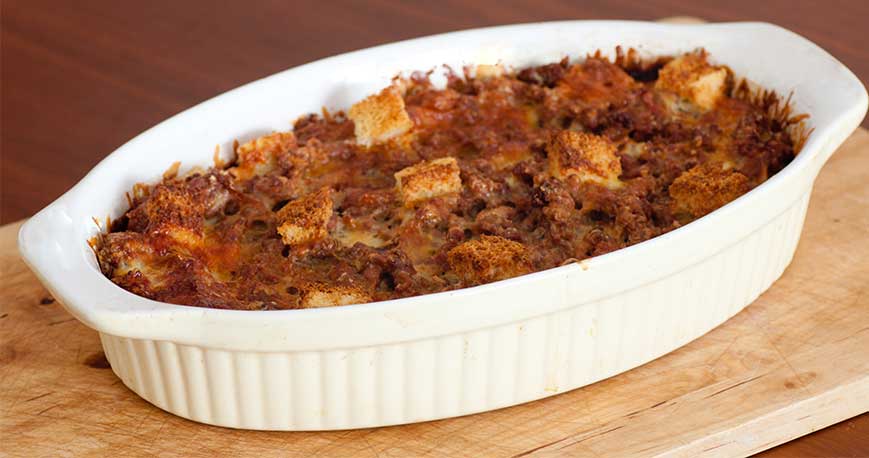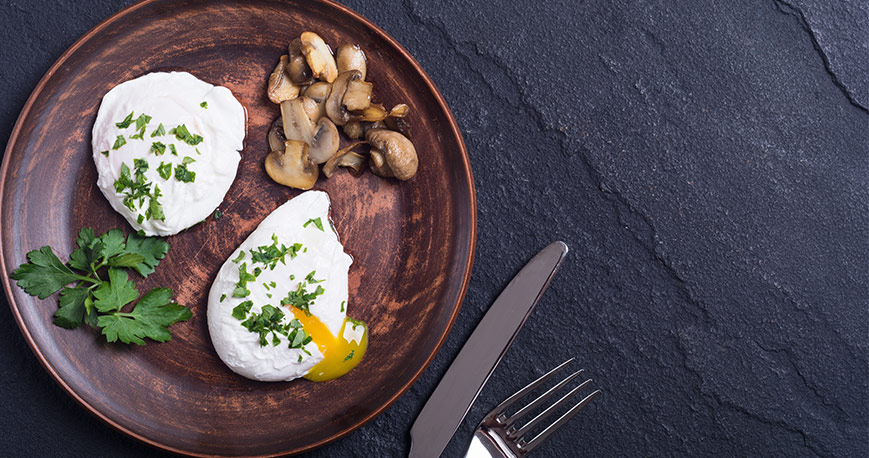More Breakfast Recipes
Portuguese Easter Bread
Ingredients
- 1 package active dry yeast (2 1/2 tsp)
- 1/4 cup water, warm (115F, use thermometer!!)
- 1 cup sugar, take out a tablespoon and put it aside
- 1/2 cup peeled, boiled and mashed up potatoes (any type of starchy kind)
- 1 tsp fresh lemon juice
- 1/4 cup milk, warm (110F)
- 1 tsp salt
- 3 large eggs (at room temp)
- 1/4 cup butter (at room temp)
- 4-6 cups all purpose flour (varies)Instructions
Easter Bread is a big deal in my house. After losing my grandmother’s recipe, my mom has been unable to replicate the perfect loaves that we would gobble up at all hours of the day. The sweet bread is almost like a Challah, but not as fluffy. It’s a heartier bread that is dense and thick and perfect with a piece of cheese. I started making it last year and was told by my family that the bread was damn near perfect. I gave the recipe to my mom and she made some this year, but it didn’t rise well and she was frustrated. Together we made a new batch that was amazing. You can make your own too!
Note: This bread really requires a mixer. You can do it with very strong arms, but the dough gets pretty tough. I mean, my grandma can do it with her bare hands, but she’s a superlady.
1. In the bowl of a stand mixer place warm water, 1 tablespoon of sugar and the mashed potatoes. Let stand for 5-7 minutes, until bubbly. Add remaining sugar, lemon juice, milk, salt, and eggs (mix one at a time!) and 2 cups of flour, mixing very thoroughly with the paddle attachment of the mixer. Once all mixed up, switch to dough hook and add 1 3/4 cups more flour and butter, cut into small pieces. Mix on low speed until smooth, then add remaining flour a few tablespoons at a time until dough comes away from the sides of the bowl and clings to the dough hook. This could mean almost 6 cups total of flour or 4. I don’t know why (probably humidity and other mysterious things), but I usually make it with 5 and at my mom’s place we only needed 4. It helps also to touch the dough while in the mixer - if it clings to the dough hook and is springy when you touch it, proceed to the next step.
2. Place the ball of dough on a lightly floured surface and knead for 3-5 more minutes to ensure smoothness- you want a nice, elastic dough. Place dough in a large bowl that has been oiled (tablespoon of olive oil should do it) and cover with plastic wrap. Let rise until doubled, 2-3 hours in a warm place.
3. Turn dough out on a lightly floured surface and knead for a few minutes and divide dough in half. The dough can be shaped into two loaves as desired or shaped into rectangles and placed in two greased loaf pans. Place free form loaves on a parchment-lined (important to use parchment paper) baking sheet. Cover dough with a clean dish towel and let rise for 45 minutes. While waiting, preheat the oven to 350F.
4. Brush dough with a mixture of one egg and 2 tablespoons of water for a glossy glaze, if desired. Bake for 35-40 minutes, until golden. Loaves will sound hollow when tapped on the bottom. Cool it completely on a wire rack before slicing. Makes 2 large loaves.

